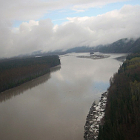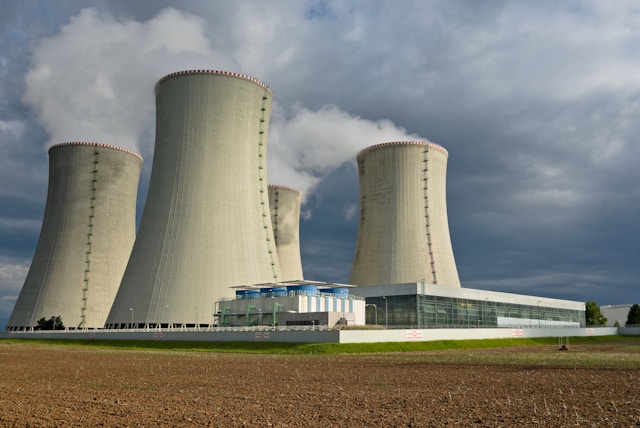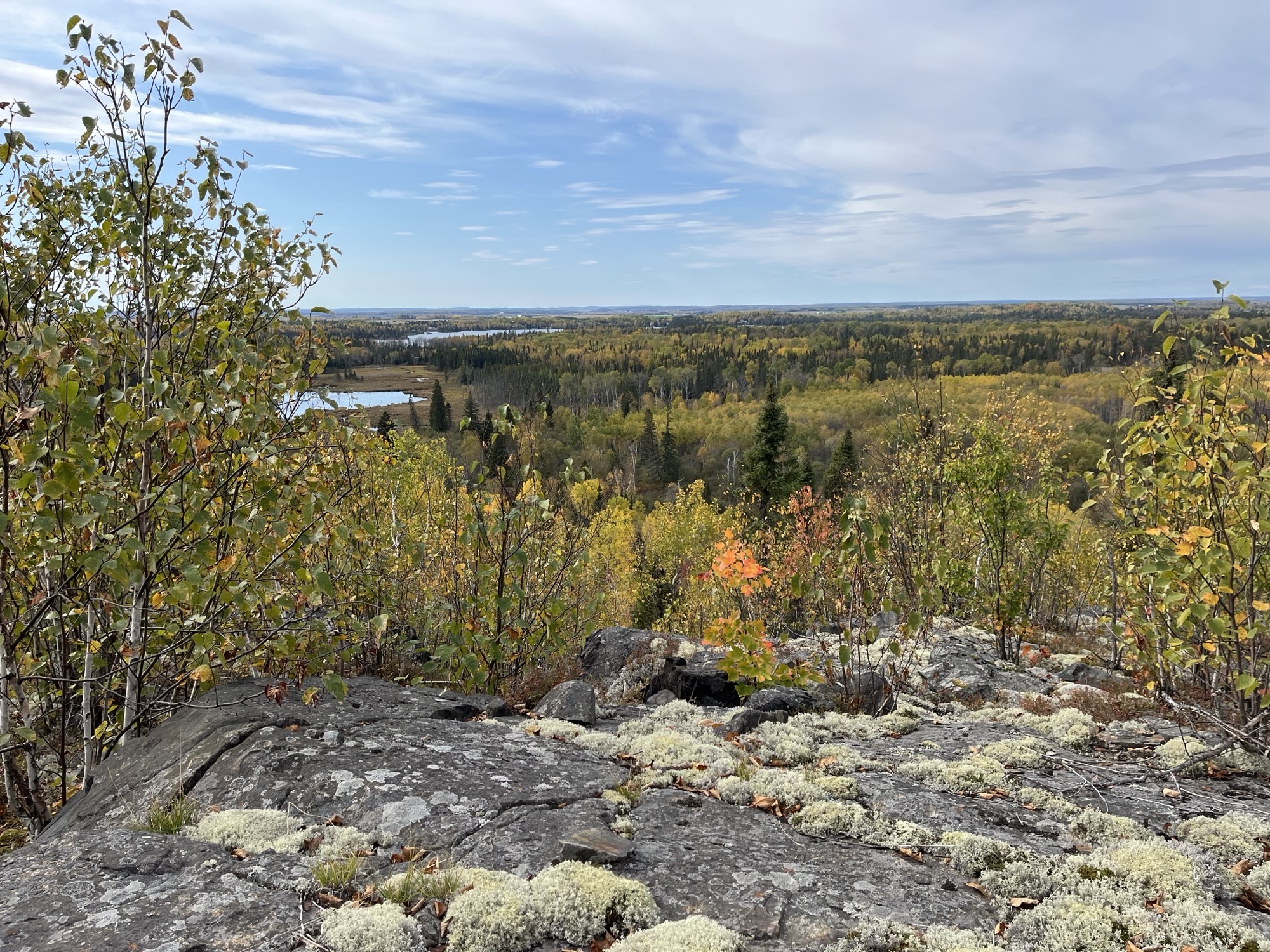Will we have enough water?

1 of 3The Horn River in northeastern British Columbia. — Photo courtesy BC Oil and Gas Commission2 of 3The annual runoff in the Horn River basin was e
1 of 3The Horn River in northeastern British Columbia. — Photo courtesy BC Oil and Gas Commission
2 of 3The annual runoff in the Horn River basin was estimated to be 1.7 billion cubic metres of water. — Photo courtesy BC Oil and Gas Commission
3 of 3The Liard River. — Photo courtesy BC Oil and Gas Commission
What will happen to northeastern B.C.’s water supply as natural gas continues to be extracted by means of hydraulic fracturing, better known as fracking? Three agencies in British Columbia recently banded together to study the the water supply in this natural-gas-rich region.
In July 2011 the BC Oil and Gas Commission and Geoscience BC announced their partnership on a hydrologic modelling project. This project, funded by the commission, Geoscience BC and the Ministry of Forests, Lands and Natural Resource Operations (FLNRO), was developed to provide accurate data on northeastern B.C.’s rivers and lakes regarding their monthly, seasonal and annual stream flows.
Water reserves in the region have come into question due to the increase in gas exploration. Huge gas reserves exist and gas extraction is currently being done through hydraulic fracturing, known as fracking. Fracking requires a large volume of water, which is mixed with sand and injected deep into the shale, forcing cracks to open and allow the gas to escape.
As the demand for water grows, however, so do concerns for the environment. Water sources need to be managed carefully in order to ensure all parties’ needs are addressed while gas exploration continues. This is why the BC Oil and Gas Commission completed the pilot study in the Horn River and Liard basins in early 2011.
“The study determined the modelling approach was effective, in that it provided accurate estimates of monthly and annual discharge based on available data, which included climate, topography, vegetation and land cover and stream data flow,” said Allan Chapman, hydrologist for the B.C. Oil and Gas Commission. “The pilot study also noted the large volumes of water runoff in rivers every year, in relation to the volume of water that might be used by oil and gas operators.”
He cites the Horn River basin as an example.
“The annual runoff was estimated to be 1.7 billion cubic metres of water,” said Chapman. “Less than one per cent of this runoff would support the completions of at least 350 unconventional gas wells per year.” These numbers, he adds, don’t factor in the reuse of flow-back water or the use of saline groundwater.
Because of the potential benefit of this study, Chapman said a decision was made to complete the hydrologic modelling for all of northeastern B.C. as well as to develop a decision-support tool. This tool is based on a Geographic Information System, or GIS, that Chapman said is designed to capture, store, manipulate, analyze, manage and present all types of geographically referenced data.
“The user will select rivers, lakes or watersheds and the decision support tool will query underlying spatial data to generate information on modeled runoff, environmental flow requirements, precipitation, topography, forest cover, etc.,” said Chapman.
The resulting information will include mean annual runoff; mean monthly runoff, mean annual precipitation, thresholds for the maintenance of environmental flows and elevation and drainage areas for the upstream catchment area. The end result is a detailed resource for government, industry and stakeholders when looking at water use for oil and gas activities in northeast B.C.
“The work is an excellent complement to the industry-partnered water research projects that we have underway in the Horn River basin and the Montney Play, and will help us to develop a better understanding of the overall water resource in northeast B.C.,” said Dr. ‘Lyn Anglin, president and CEO of Geoscience BC.
It will enable people within the industry--and others, as this information will be made public--to make decisions on short-term water use or long-term water licences, allowing industry to balance its water needs with those of the environment.
“It is our hope that accurate, science-based information on the natural water supply of river basins will help in the communication and understanding of water management issues in northeast B.C.,” said Chapman.
It is generally recognized that the hydraulic fracturing process used to develop natural gas is water-intensive, with often 5,000 to 75,000 cubic metres of water required for an individual gas well. The hydrologic modelling results will allow that water use to be understood in the context of the natural water supply for the rivers or lakes from which some of that water is sourced. People will have information to say whether the projected water use is 10 per cent, one percent, 0.1 percent or 0.01 percent of the available water, enabling a more informed understanding of the water use.
Prior to the model, this information was hard to come by. Only some of B.C.’s rivers have stream flow gauges operated by the Water Survey of Canada. That meant companies either had to collect the information on their own, which was often an issue, or licences were just not issued due to a lack of information.
Although the model and decision support tool are specific to northeast B.C., Chapman said a similar approach can be used in other areas, with data specific to those areas.
“We are intending to publish the methodology and results of the modelling in journals to make it available to anyone who might wish to apply it,” said Chapman.
GeoScience BC is an industry-led, not-for-profit, applied geoscience organization. Geoscience BC works in partnership with industry, academia, government, First Nations and communities to fund applied geoscience projects with the objective of attracting mineral and oil and gas exploration to British Columbia.
For more information on Geoscience BC, visit www.geosciencebc.com
The BC Oil and Gas Commission is an independent, single-window regulatory agency with responsibilities for overseeing oil and gas operations in British Columbia, including exploration, development, pipeline transportation and reclamation. The commission’s core roles include reviewing and assessing applications for industry activity, consulting with First Nations, ensuring industry complies with provincial legislation and cooperating with partner agencies.
For more information on the BC Oil and Gas Commission, visit www.bcogc.ca



